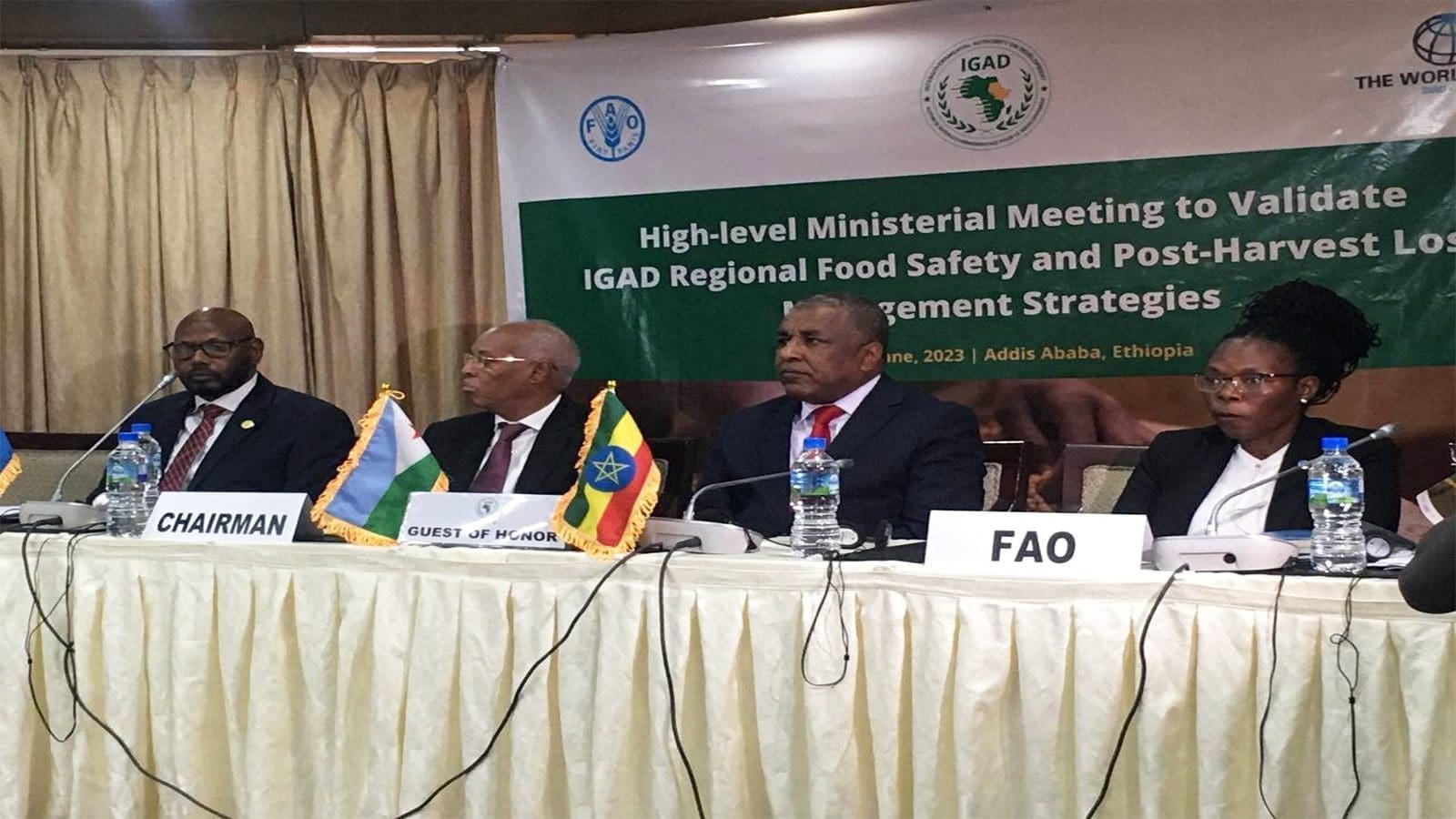EUROPE – The European Food Safety Authority (EFSA) has released its scientific protocol for the hazard assessment of plasticizer substances used in food contact materials (FCMs). which lays out the guidelines for how the study will be done.
The protocol is the most recent development in its preparatory work to reevaluate the health concerns associated with plasticizers used in various FCMs (such as plastics, rubber, and inks) across the food chain (e.g. food processing equipment and packaging).
These plasticizers include phthalates, substances with a structurally similar makeup, and substances used to replace phthalates in FCMs.
EFSA recently updated the risk assessment of five phthalic acid esters (ortho-phthalates), namely DBP, BBP, DEHP, DINP and DIDP, authorized for use as additives in plastic FCMs, published in December 2019.
DG SANTE is evaluating whether any adjustments to the current EU legislation are required in light of this new conclusion.
The previous directive from the Commission was restricted to recent scientific findings that the European Chemicals Agency (ECHA) had evaluated for reprotoxicity.
Following this evaluation, additional limitations were subsequently imposed by the REACH Regulation (EC) No. 1907/20061.
The newly approved EFSA opinion found no danger to human health associated with the current dietary intake of these five ortho-phthalates.
It did, however, draw attention to the limitations of the work carried out and set the Tolerable Daily Intakes (TDIs) on a temporary basis.
Therefore, it is appropriate to address these restrictions and create more assurance on any potential hazards from these phthalates in food and FCMs.
The protocol, which was developed with feedback from a public consultation, explicitly describes the strategy the scientists will employ to find and choose data as well as to evaluate and integrate evidence for hazard assessments.
The European Commission asked EFSA to reassess the hazards to public health associated with the presence of plasticizers like phthalates, structurally similar substances, and replacement substances as a result of migration from food contact materials (FCMs).
A methodology for evaluating the risks of plasticizer compounds was to be developed by EFSA as part of the first of the two parts of the mandate.
The present hazard assessment protocol was created per the guidelines in the ‘Draft framework for protocol development for EFSA’s scientific assessments’ (EFSA et al., 2020), and on the basis of its guiding principles.
The protocol outlines how the two key issues of hazard characterization and hazard identification will be handled.
It aims to provide as much detail as possible about the method for finding, evaluating and extracting data, as well as summarizing, analyzing, and integrating pertinent evidence in order to perform hazard assessments that will be used for risk assessments of the substances that have been given priority.
The following three related tasks in the mandate will each have separate outputs that will be published.
Outputs addressing the three related tasks stated in the mandate will be published separately.
These include identifying and prioritizing those substances used or potentially used as plasticizers in FCMs that may warrant further data collection and risk assessment; drawing up a protocol for the exposure assessment of the prioritized substances; and setting up calls for data and other information on the occurrence of the prioritized substances.
For all the latest food safety news from Africa and the World, subscribe to our NEWSLETTER, follow us on Twitter and LinkedIn, like us on Facebook and subscribe to our YouTube channel.








